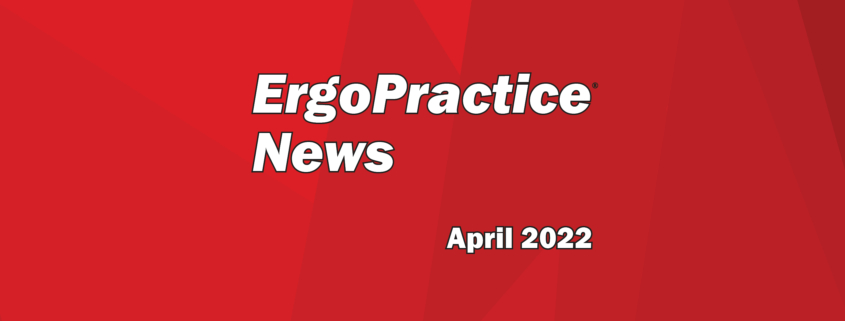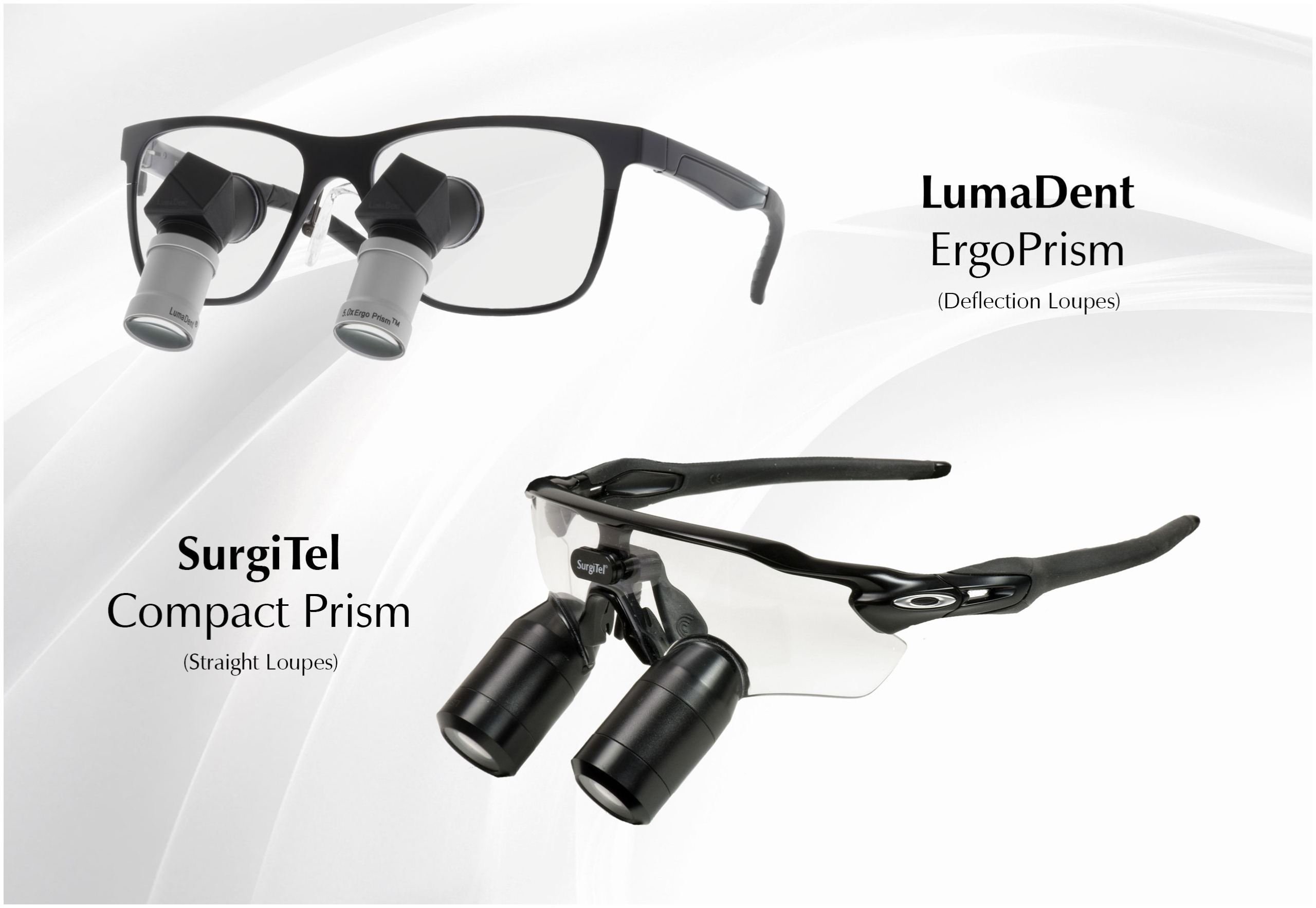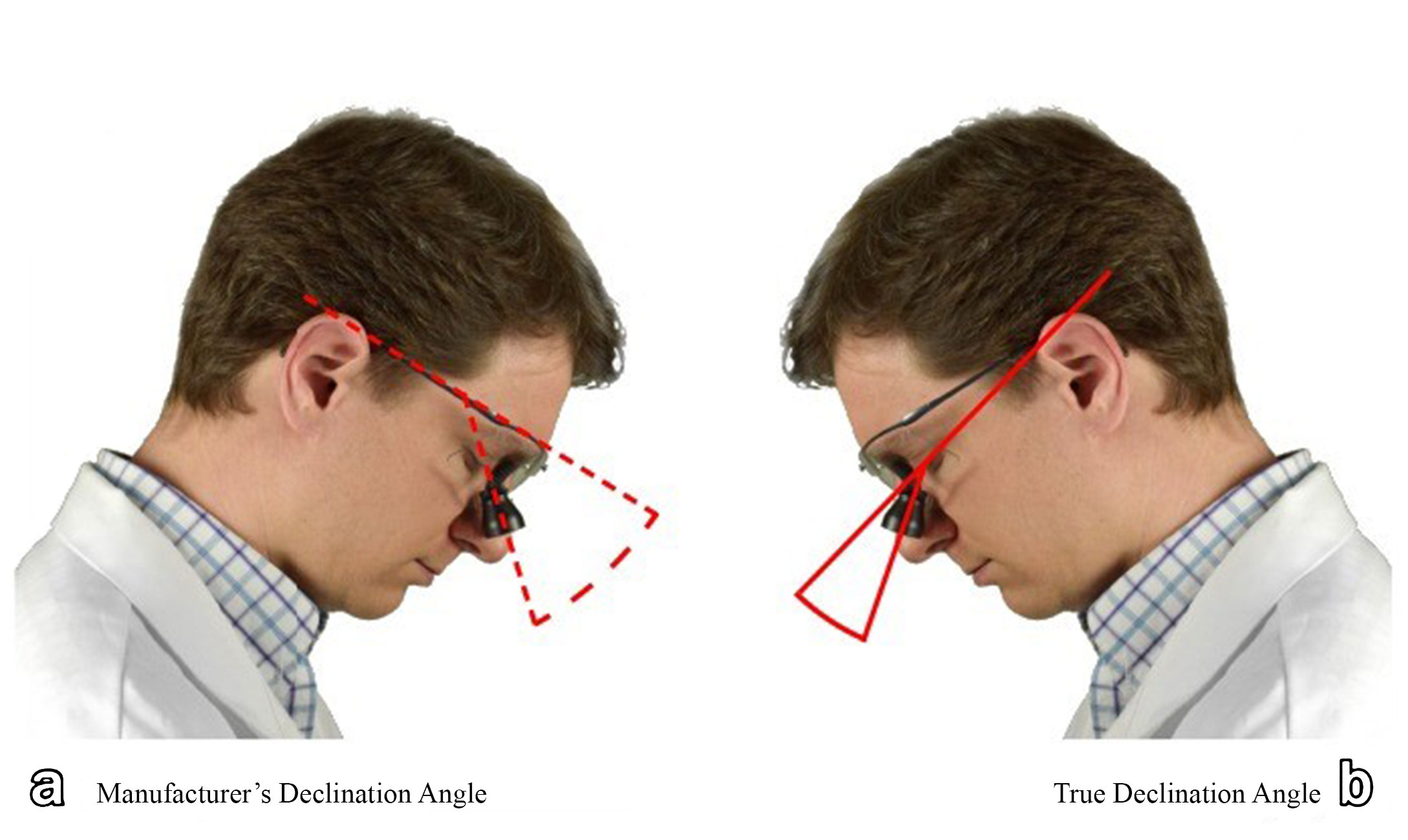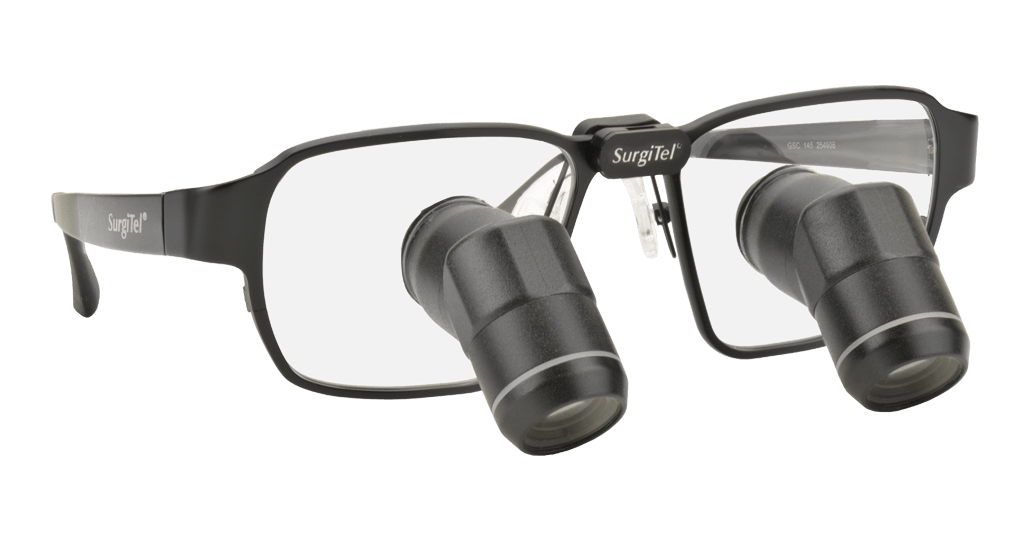Traditional Straight Loupes Vs. Deflection Loupes

ErgoPractice News – April 2022
By Jin Chang PhD
jchang@surgitel.com
Summary
The recent introduction of deflection (or refraction) loupes in the U.S. market by LumaDent (ErgoPrism loupes), Design for Vision (Infinity Vue loupes), and other companies has helped clinicians recognize the importance of ergonomic loupes to prevent posture-related neck pain. It is noted that deflection loupes were introduced by Pentax about 15 years ago. Deflection loupes with the steep fixed deflection angle cannot be ergonomically fitted to all clinicians.1
Although many traditional straight loupes have been the main cause of posture-related neck pain, SurgiTel straight ergonomic loupes which are built based on many patented technologies can be ergonomically fitted to all clinicians. In 1992, SurgiTel was founded to help clinicians work without the posture-related pain and developed key technologies needed to create ergonomic loupes – first, introduced customizable Front-Lens-Mounted (FLM) loupes with patented technologies and then truly ergonomic Through-The-Lens (TTL) loupes based on patented frames and manufacturing technologies. However, since these ergonomic straight loupes look like other brand non-ergonomic straight loupes, most clinicians do not recognize important features of SurgiTel ergonomic straight loupes because all other manufacturers have been claiming that their loupes are ergonomic.
This April issue of ErgoPractice News will review of requirements of ergonomic loupes and three types of ergonomic loupes.
Requirements of Ergonomic Loupes and Features of Three Types of Ergonomic Loupes
Based on the design of the loupe optics, we can classify loupes into two types: straight type and deflection (or refraction) type (Figure 1). Requirements of ergonomic loupes have nothing to do with the design of loupe optics. If any type of loupes can help users work without posture-related neck pain and perform their procedures safely, they can be called ergonomic loupes. The posture-related neck pain is strongly related to the head tilt angle. The head tilt angle for a safe neck posture should be less than 20-degrees.2 It is noted that the backward head tilt may not be desirable.
Ergonomic loupes should help users maintain their head tilt angles between 0-degrees and 20-degrees by providing a custom declination angle with straight loupes or a custom deflection angle with deflection loupes. It is noted that the deflection angle of deflection loupes available today is fixed, not customizable.
Figure 2 shows true declination angle and the manufacturer’s declination of straight loupes. In general, manufacturers’ declination angles that are measured using temple arms as the reference are significantly larger than true declination angle measured using the line which connects eyes to the top of ears as the reference line. Therefore, manufacturer’s declination angles cannot be used as the indicator of ergonomic loupes. Ergonomic loupes should ensure that the head tilt angle should be less than 20-degrees.
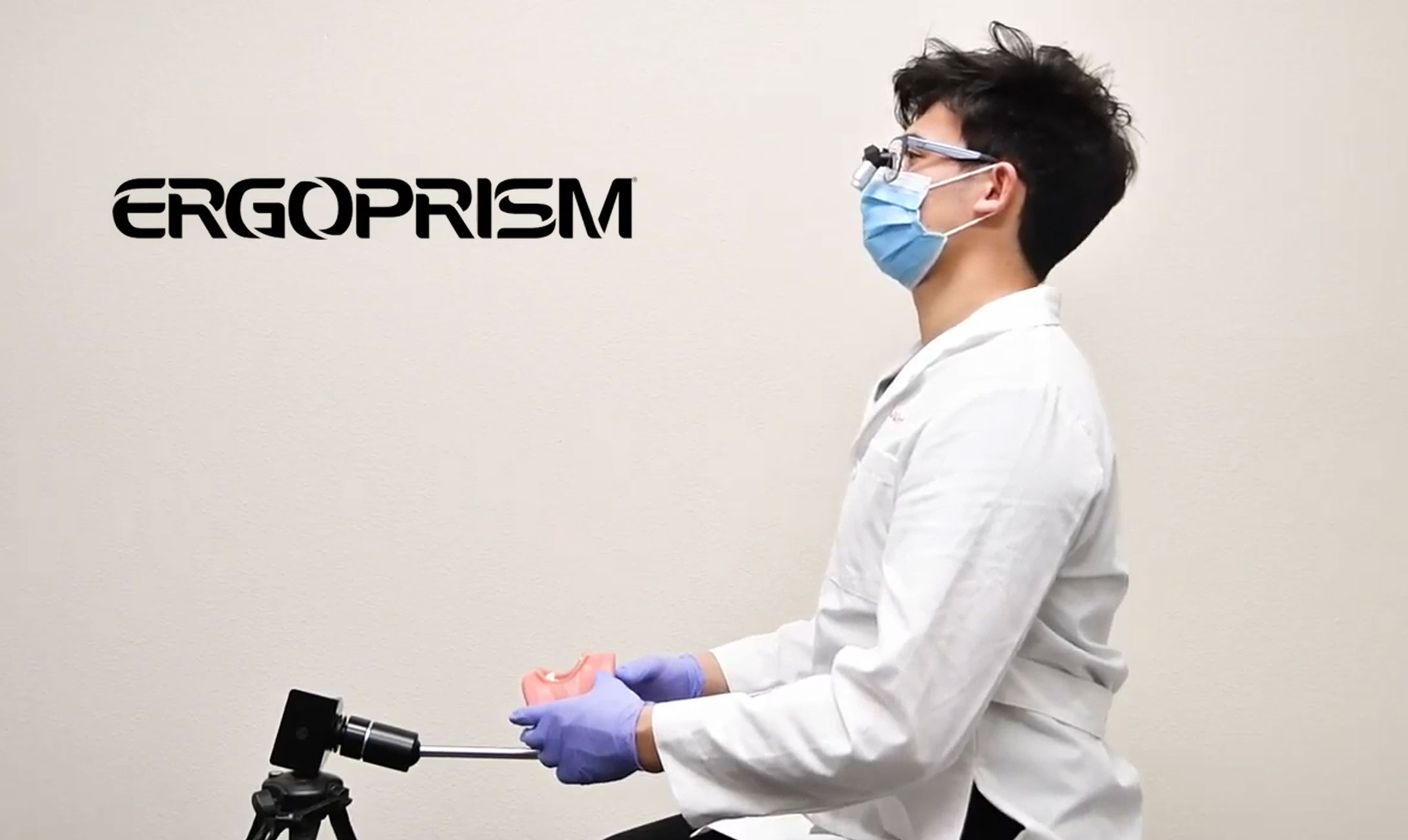
Figure 3: Fixed large deflection angle of LumaDent ErgoPrism loupes and backward head tilt.
Source: LumaDent YouTube Channel
Figure 3 shows the backward head tilt due to the large deflection beam angle of LumaDent ErgoPrism deflection loupes. Tilting the head backward is to create a proper working space between the clinician and the operating site. All deflection loupes available today have a large deflection angle of 48-degrees. If the working distance of deflection loupes is reduced, many clinicians must tilt their head backward because the deflection angle cannot be customized.
SurgiTel’s New ErgoDeflection™ Loupes
In order to eliminate the drawback of a large fixed deflection angle, SurgiTel has designed a new prism (patent pending) to reduce the deflection angle. With this new prism, SurgiTel can offer deflection loupes with a customizable viewing angle between 40-degrees and 55-degrees (Figure 4). SurgiTel’s ErgoDeflection™ loupes may be available in September 2022 or earlier. The preproduction prototypes of our ErgoDeflection™ loupes may be demonstrated at major tradeshows.
The main selection factor of loupes is ergonomics:
The main ergonomic factor is the safe head tilt which requires custom declination angle of straight loupes or custom deflection angle of deflection loupes. But because the deflection angle of deflection loupes available today is large and fixed, they cannot be customized.
Based on the direction of beams (declination angle of straight loupes and deflection angle of deflection loupes), we can classify ergonomic loupes into three types. Features of the three types of ergonomic loupes are listed below:
SurgiTel Straight FLM Loupes (2.5x to 10.0x) With Patented Loupe-Mounting Technology:
- Truly ergonomic declination angle: customizable for various cases by users.
- Safe head tilt: 5-degrees to 20-degrees.
- Coaxial vision (magnified view and peripheral view are coaxial): natural vision.
- Interchangeable working distance caps for precision working distance adjustment: precision working distances.
- When the declination becomes large, eyes may be strained, but eyes can be trainable.
SurgiTel Straight TTL Loupes (2.5x to 10.0x) With Patented Manufacturing Technology:
- Truly ergonomic declination angle for each customer.
- Safe head tilt angle: 5-degrees to 20-degrees.
- Coaxial vision (magnified view and peripheral view): natural vision.
- Interchangeable working distance caps for precision working distance adjustment: precision working distance.
- When the declination becomes too large, eyes may be strained, but eyes can be trainable.
LumaDent ErgoPrism Deflection (Refraction) Loupes:
- Fixed deflection angle for all customers, not customizable.
- May force users to tilt their heads backward if the working distance is short.
- Non-coaxial vision (magnified view and peripheral view): not natural vision.
- Adjustable working distance by rotating optics barrels: difficult to maintain precision distances of both loupe optics. Note: We considered this approach in the past but abandoned it and invented interchangeable working distance caps. Our ErgoDeflection loupes will use interchangeable working distance caps.
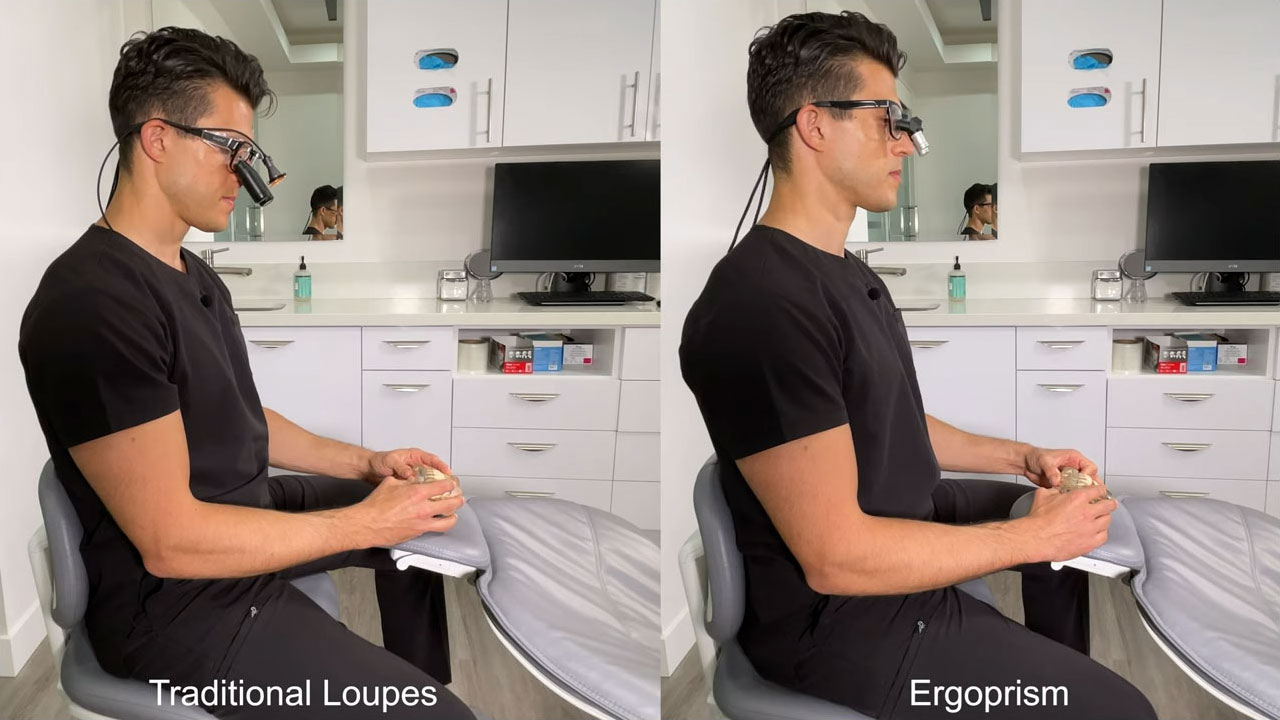
Figure 5: Shows postures with both traditional straight loupes and deflection loupes
Source: Taken from Dr. Chris Strandburg Video (above)
Dr. Strandburg compared SurgiTel traditional straight loupes with LumaDent deflection (ErgoPrism) loupes (Figure 5). The head tilt angle with the traditional straight loupes is about 20-degrees which meets the minimum requirement of ergonomic loupes. But if SurgiTel’s patented ergonomic frames are used, the declination angle can easily be increased by 15-degrees. Then the head tilt angle with the traditional loupes will be 5-degrees. This proves that SurgiTel straight ergonomic loupes may be superior to deflection loupes.
It is noted that many straight loupes sold as ergonomic loupes do not meet ergonomic requirements. When you purchase loupes, you should make sure that your head tilt is maintained between 0-degrees and 20-degrees.
Invitation of Users of Deflection Loupes to Make Comparison Study With SurgiTel Straight Ergonomic Loupes
You might experience chronic neck pain as a result of using straight non-ergonomic loupes and found that deflection loupes helped you work with improved neck posture. Although deflection loupes may work for some clinicians, they have two limitations: large fixed deflection angle which may often force users to tilt their head backwards and with non-coaxial vision. If you would like to compare your current deflection loupes with SurgiTel straight ergonomic loupes, we can offer evaluation loupes for you to use for 90 days. If you are interested in doing a comparison study, please fill out the form below and our team will reach out to you about participating in the comparison study.
Why You Should Consider SurgiTel as Your Partner for Your Vision Aid Products
The founding mission of SurgiTel is to provide clinicians with truly ergonomic, posture-safe loupes and eye-safer LED headlights. During the last thirty years, SurgiTel introduced many world-first vision aid products based on patented concepts, including customizable FLM loupes, ergonomic frames, truly ergonomic TTL loupes, true-color LED beam-forming optics which allows SurgiTel to offer safer LED headlights with the best color accuracy, LED lights with no-touch switching, multi-vision loupes with interchangeable working distance caps, interchangeable custom nose pad systems, and loupe-mountable digital cameras (SurgiCam® HD).
SurgiTel Offers Unique Benefits Which May Not Be Available With Other Brands as Follows
- SurgiTel offers the most magnification options (2.5x to 10.0x).
- SurgiTel offers all magnification loupes with either FLM style or TTL style.
- SurgiTel offers the most LED light options (warm, neutral, and cool) with various models (wired, wireless, and no-touch switching).
- SurgiTel offers truly ergonomic loupes to all clinicians with various nose types which gives truly ergonomic benefits over deflection loupes.
- SurgiTel offers a free evaluation service – posture analysis with your current loupes and potential blue light hazard with your current LED lights.
SurgiTel’s free evaluation service can help evaluate your working posture and avoid the potential blue light hazard of various cool brands of LED lights. Click here to schedule a free evaluation.
References
- Chang, Jin. “Do Deflection Loupes with Steep Deflected Beam Meet Ergonomic Requirements? (SurgiTel Straight Ergonomic Loupes vs Deflection Loupes).” SurgiTel. SurgiTel, September 27, 2021. https://www.surgitel.com/do-deflection-loupes-with-steep-deflected-beam-meet-ergonomic-requirements.
- Valachi, Bethany. Practice Dentistry Pain-Free: Evidence-Based Strategies to Prevent Pain and Extend Your Career. Portland, OR: Posturedontics Press, 2008.

